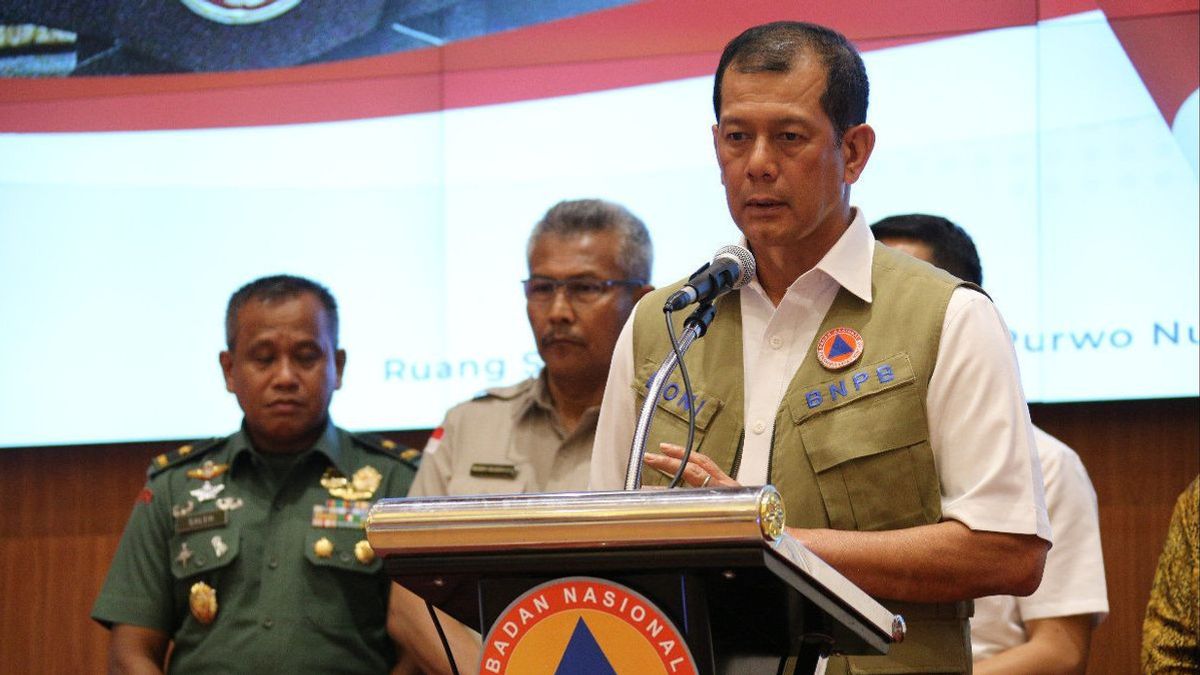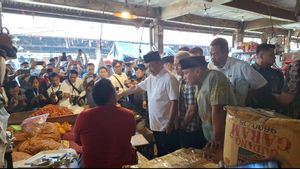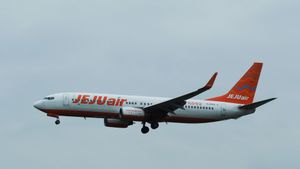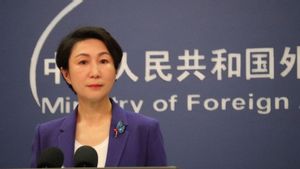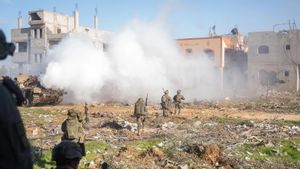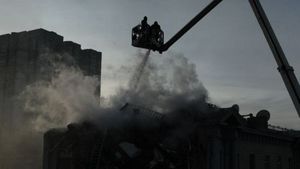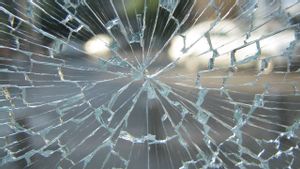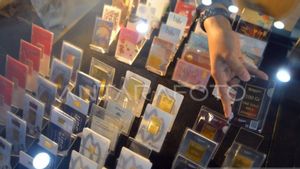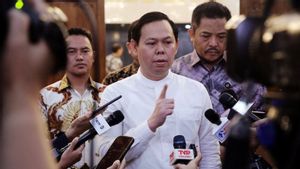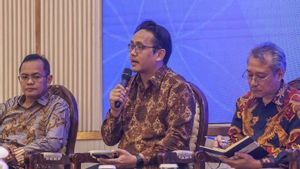JAKARTA - Chairperson of the Task Force for the Acceleration of Handling COVID-19 Doni Monardo ordered districts and cities in the green zone for the spread of COVID-19 to return to their activities. Of course, by implementing strict health protocols. This follows up on President Joko Widodo (Jokowi) 's direction.
"President Jokowi ordered the head of the task force for district governments, cities that are currently in the green zone to carry out productive and safe community activities for COVID-19 based on strict health protocols with caution and to remain vigilant of COVID-19," Doni said in a statement. press conference broadcast on BNPB's YouTube account, Saturday, May 30.
He said, this decision was not taken carelessly. Where based on data, from 23 provinces, many regencies or cities have entered the green zone. He has also given directions to the regents and mayors to consult with the local governor and involve all components of the community before deciding to return to activities.
Activities that have reopened are places of worship, markets, shops, public transportation facilities, hotels, restaurants, offices, and other areas deemed safe from the spread of this virus.
Doni emphasized that the success of reopening this activity was not only due to the role of the government, but also cooperation with the community who adhered to health protocols. With this cooperation, the spread of the virus can be fixed.
"I repeat, it really depends on community discipline and collective awareness in adhering to health protocols," he stressed.
If the regencies and cities in the green zone are allowed to resume activities, the Task Force, said Doni, is now working on so that other regions can carry out the same thing.
It is known, the Task Force for the Acceleration of Handling COVID-19 has mapped three distribution zoning based on color. Green is an area that has not been affected, yellow is an area of low risk, orange is an area of moderate risk, and red is an area of high risk.
"We continue to strive so that the red zone becomes the orange zone and we control the orange so that it can become a yellow zone and we continue to maintain the green zone so that it does not become a yellow or orange zone," he said.
Meanwhile, Wiku Adisasmito, the Expert Team Leader of the Task Force for the Acceleration of Handling COVID-19, explained the criteria for a green zone for an area. He said, an area could return to normal activities after there were indicators of a decrease in the number of cases in the two weeks since the last peak.
Then, the decrease in the number of cases died, the decrease in the positive cases hospitalized. In addition, a decrease in the number of people under surveillance (ODP) and patients under surveillance (PDP), as well as an increase in patients who recovered and completed monitoring.
Also, the number of laboratory examinations increased with a positive rate of under five percent. "Of course, the latter uses the Rt approach, which is called the effective reproductive rate of less than 1," explained Wiku.
The areas in the green zone are:
Aceh Province, 14 districts / cities of North Sumatra, 15 districts / cities of Riau Islands, 3 districts / cities of Riau, 2 districts / cities of Jambi, 1 regency of Bengkulu, 1 district of South Sumatra, 44 districts / cities of Bangka Belitung, 1 district of Lampung, 2 districts of Java Central, 1 city of East Kalimantan, 1 district of Central Kalimantan, 1 district of North Sulawesi, 2 districts of Gorontalo, 1 district of Central Sulawesi, 3 districts of West Sulawesi, 1 district of South Sulawesi, 1 district of Southeast Sulawesi, 5 districts / cities of NTT, 14 districts / the city of North Maluku, 2 Maluku districts, 5 districts / cities of Papua, 17 districts / cities of West Papua, 5 districts / citiesThe English, Chinese, Japanese, Arabic, and French versions are automatically generated by the AI. So there may still be inaccuracies in translating, please always see Indonesian as our main language. (system supported by DigitalSiber.id)
